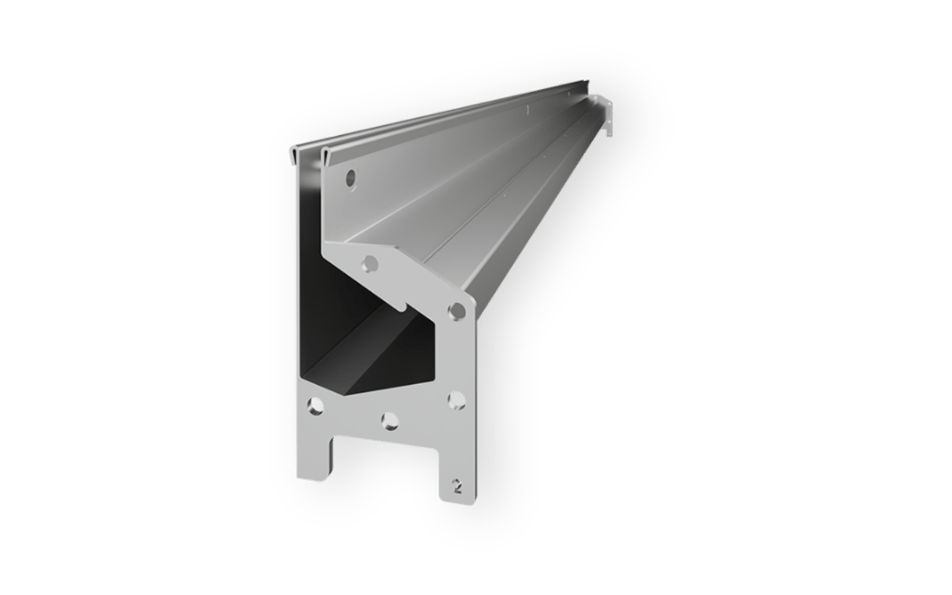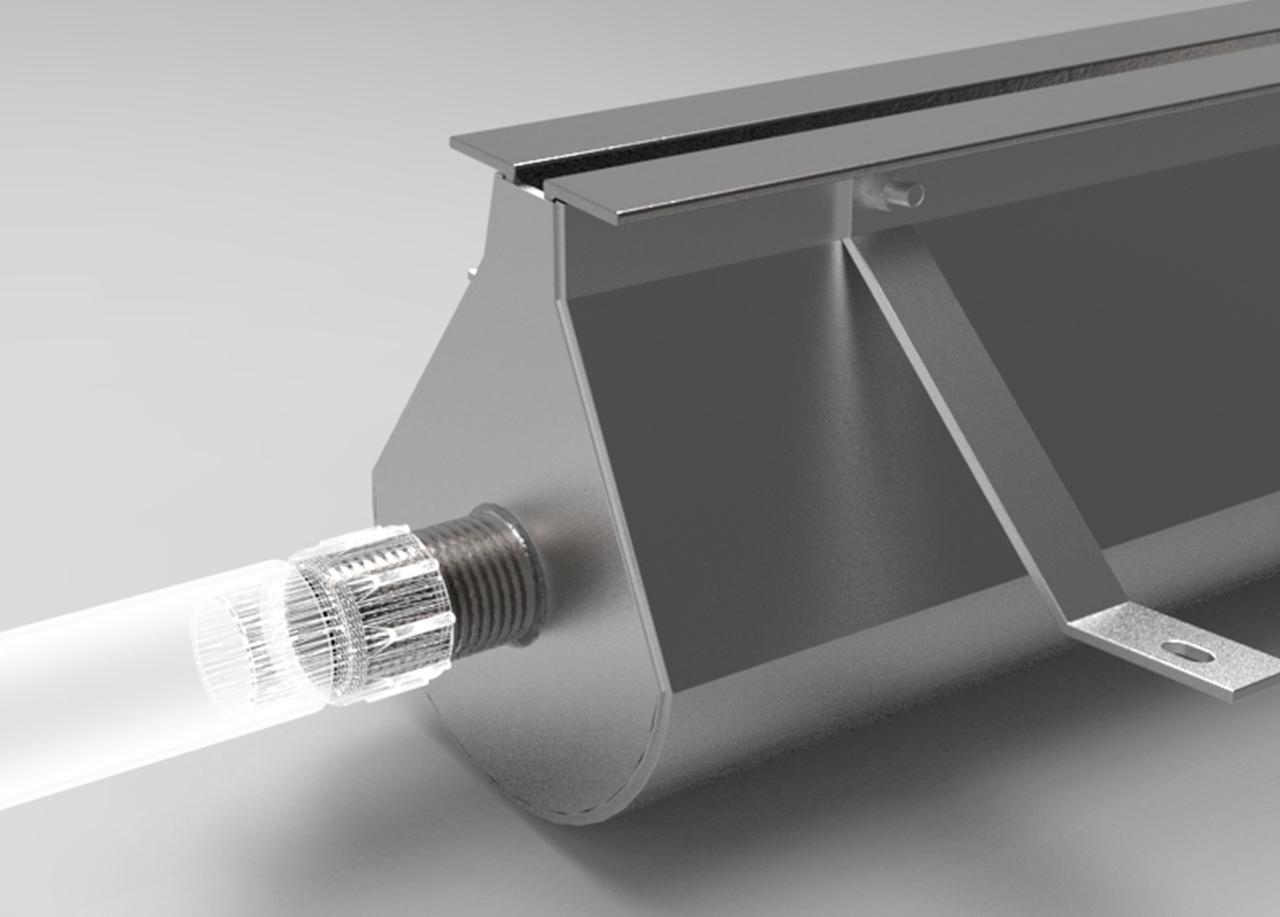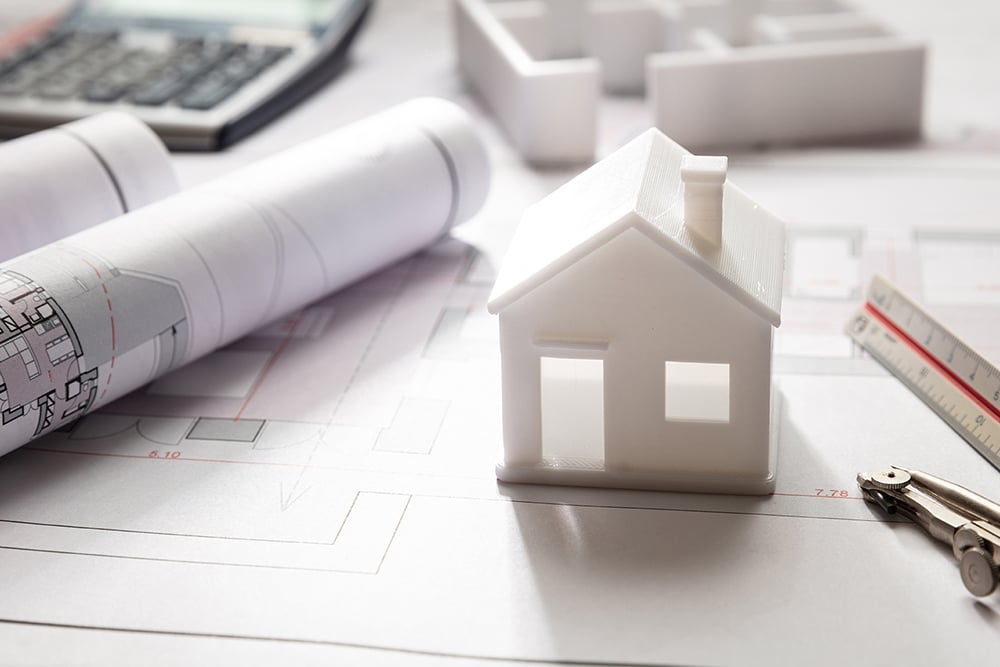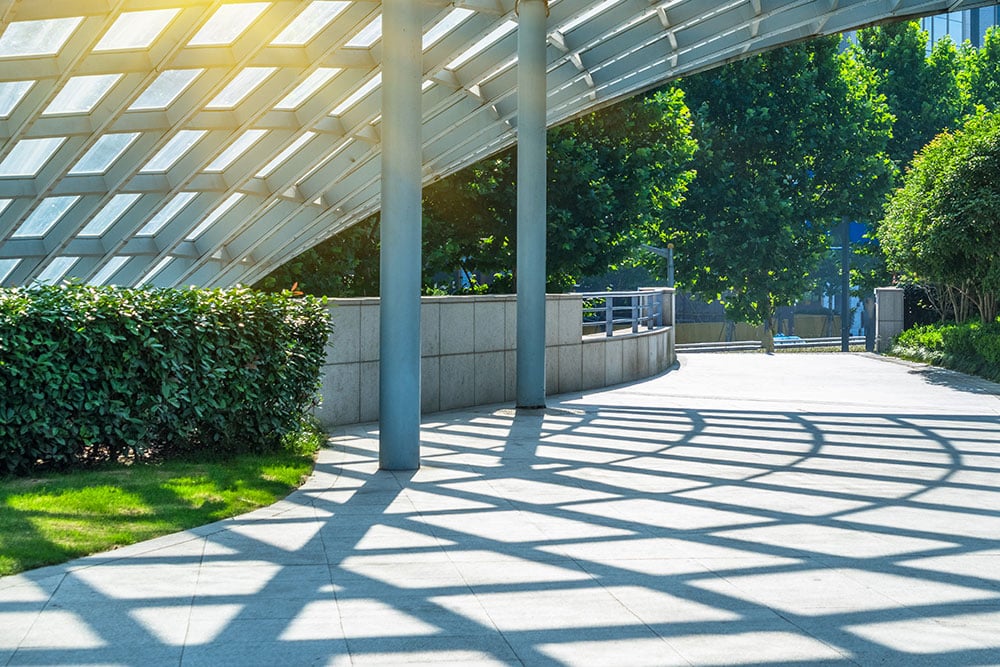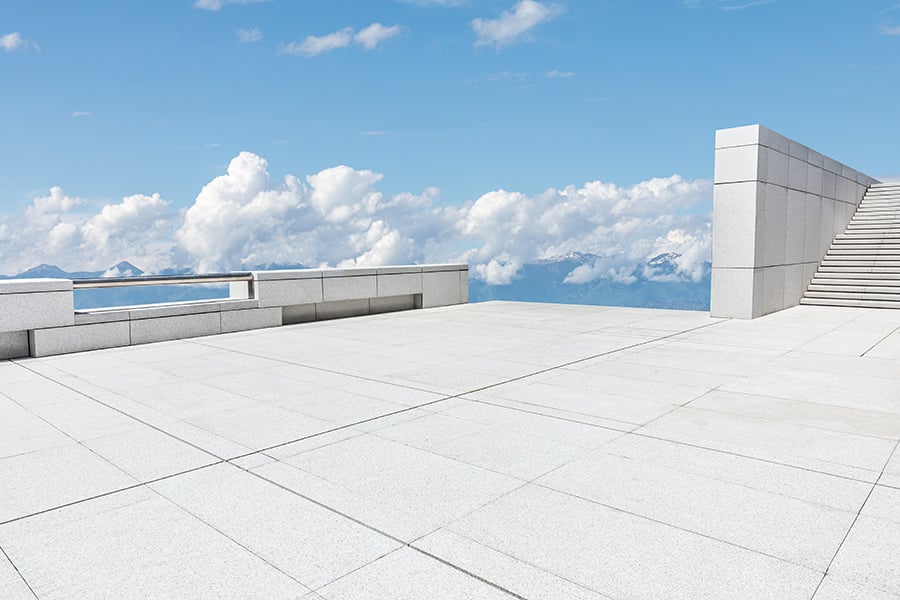Water is necessary for life, however, it can be incredibly damaging. Standing water and flooding can cause a wide range of damage, like eroding asphalt and soil. It can also damage your home and foundation, by weakening it and creating mold and mildew. Protecting your home's foundation is critical, and installing a perimeter drain is one way to protect it from any potential water damage.
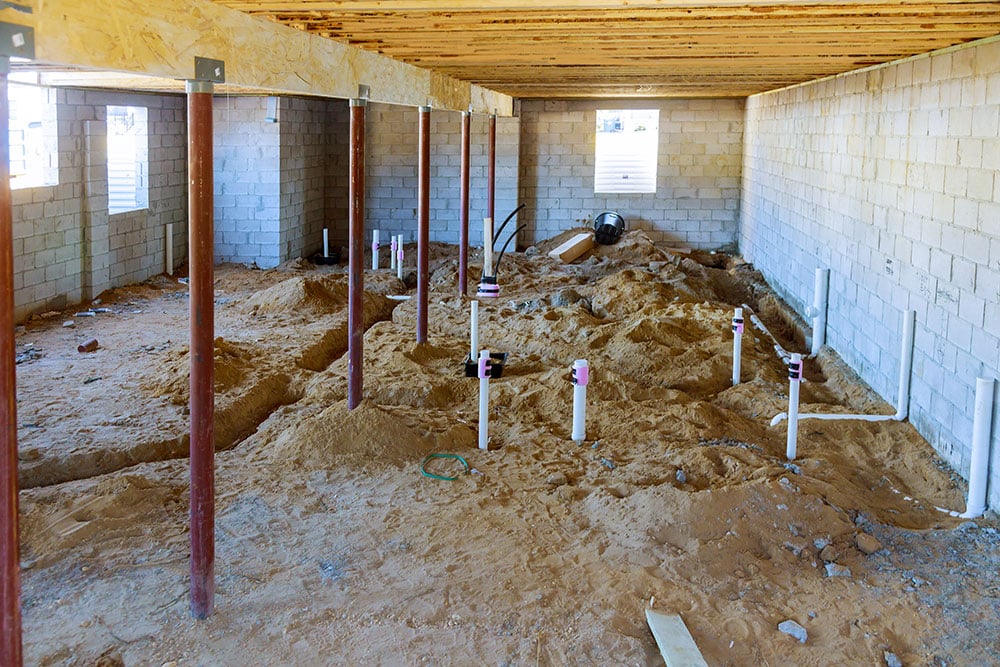
What is A Basement Perimeter Drain?
A perimeter drain, also called a weeping tile system, is a form of drainage that keeps a home's basement or crawlspace free from water damage. There are both interior and exterior basement drainage systems.
For exterior systems, the design of a basement perimeter drain system consists of a perforated pipe installed underground, covered by layers of gravel, and then backfilled with soil. The pipe is also covered by a mesh "sock" that prevents soil from blocking the water from entering the pipe. Once water enters the system, it is moved away from your home's foundation
Inside, a basement drain, similar to a shower drain, collects water and moves it to a specified outlet. An interior basement drain is especially critical for homes with boilers in the basement, in case of a leak.
Why Are They Important?
Heavy rains and flooding are extremely damaging to property. When you have a basement or crawlspace, water can seep into these spaces. Water can also come from broken pipes associated with boilers and other appliances in a basement.
If the water has nowhere to go, it can lead to flooding and potentially severe damage, like mold and mildew. A basement perimeter drain will help to manage any water and moisture to minimize the likelihood of such damage.
How Do They Work?
An exterior basement drain goes along the edge of your home's foundation to catch water runoff before it can get to your home. Inside your basement, the drain is typically at the lowest floor point, and the floor is sloped so that water moves toward the drain. You can also choose an interior perimeter drain; or basement drains that go along the basement walls to collect water and transport it to a cistern, swale, or another outlet.
Perimeter Drain Options
There are many different systems that you can use as a perimeter drain. Basement options include:
French Drains
A French drain is the most traditional type of drainage system. It consists of a perforated pipe, covered in a mesh fabric, that is buried under layers of gravel and soil. Water trickles through the layers into the pipe that transports it away from your property.
Curtain Drains
Curtain drains are similar to French drains, but they are more shallow. This allows the system to catch and redirect any water that seeps into the basement walls and redirect the runoff. It is easier to install, which makes it a popular basement perimeter drain option.
Trench Drain
Trench drains, or channel drains, are widely recognized systems with a wide range of potential applications. Trench drain systems consist of a subsurface drain channel covered with a drain cover. Trench drains can go in the middle of the room or along the perimeter, and will collect water and redirect it to a sump pit or other outlet. The floors need to slope toward the drain for them to work correctly.
Considerations for the Slot Drain
One option that not everybody is aware of is the Slot Drain, a system created in recent decades and modelled after a traditional trench drain. The system's design addresses two issues with traditional trench drain systems: the grate cover and the need for a four-way sloped floor.
It is a linear subsurface system available in three widths: an ADA-compliant 1/2" and non-ADA 1" and 1 1/4" wide––which eliminates the need for drain covers. Slot Drain also comes pre-assembled and pre-sloped and eliminates the need for a four-way floor slope, for a more steady floor.
The 4,000 Series Slot Drain is an ideal basement perimeter drain system that can work inside or outside and provides excellent flow rates for all three widths. It comes in T304 or T316 stainless steel, for extreme durability and bacteria, odor, and corrosion resistance.
Protecting Your Home's Basement and Foundation with Landscape Drains
Water is the last thing you want getting into your foundation, basement, or crawlspace. It can lead to serious problems and, if left unfixed, can create health and safety issues. The best way to prevent water from getting too close to your home is to install a perimeter drain. The Slot Drain is an excellent, effective option with many benefits, including its sleek, subtle design. They also offer a durable trench drain system for areas where flooding is a serious issue, and higher flow rates are necessary.
Contact Landscape Drains today to learn more about the best basement perimeter drainage offerings!
